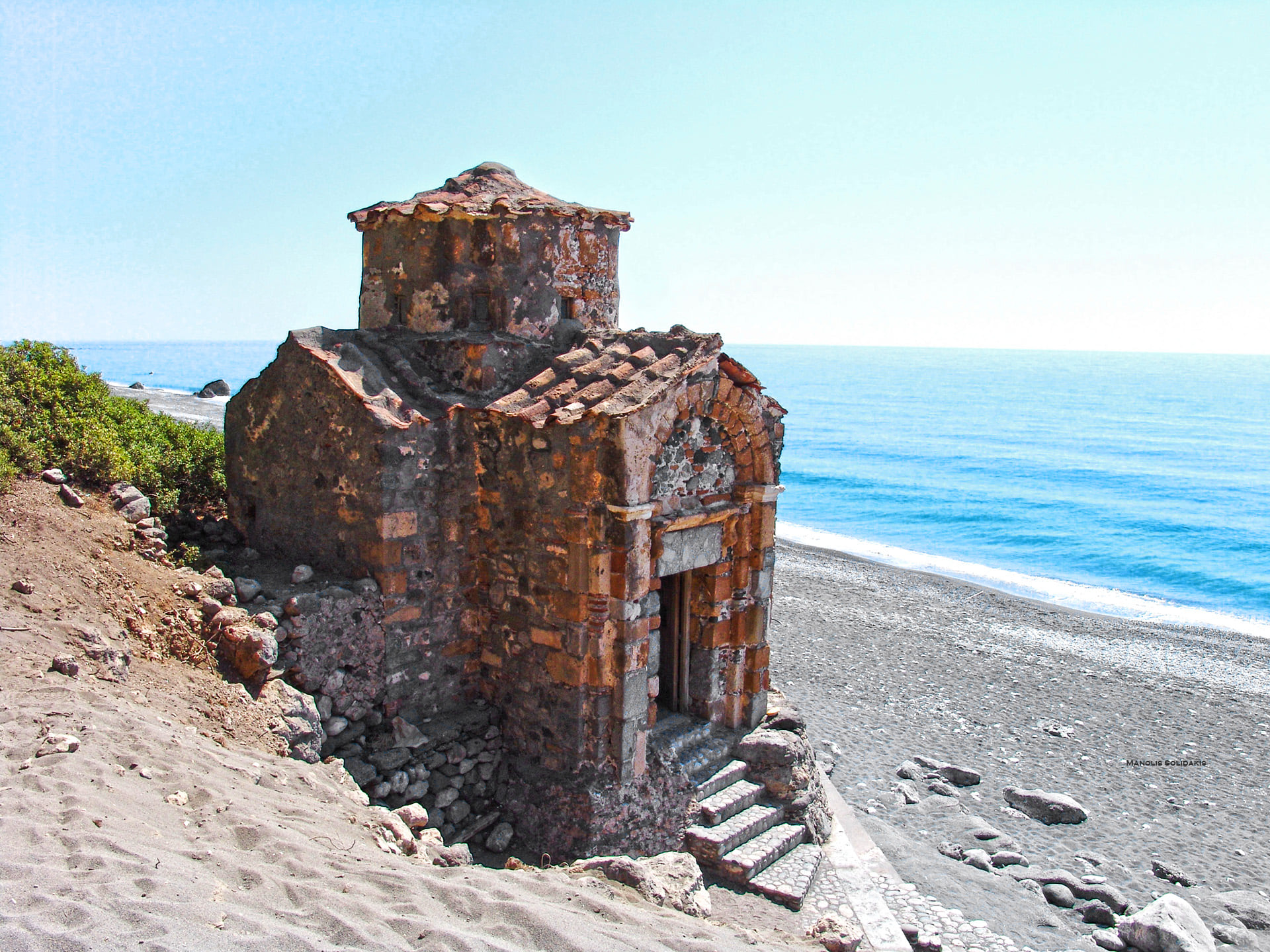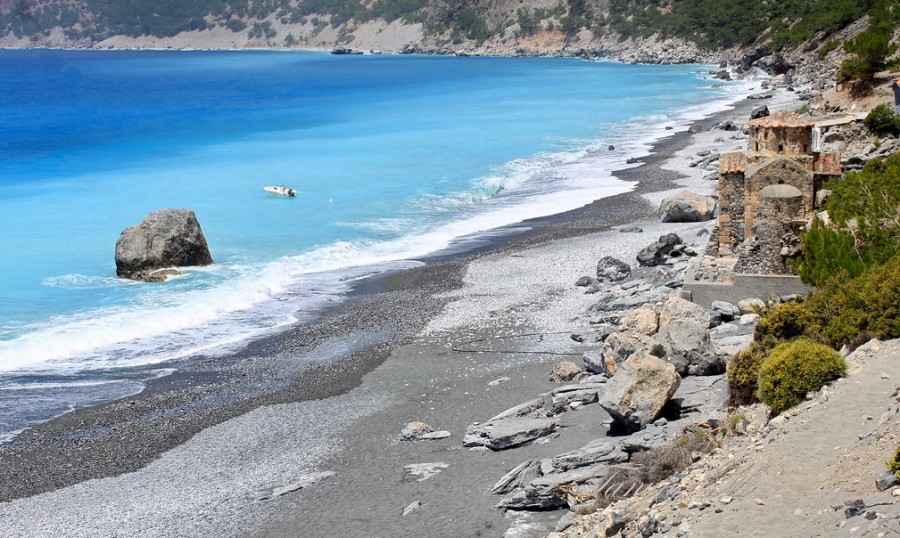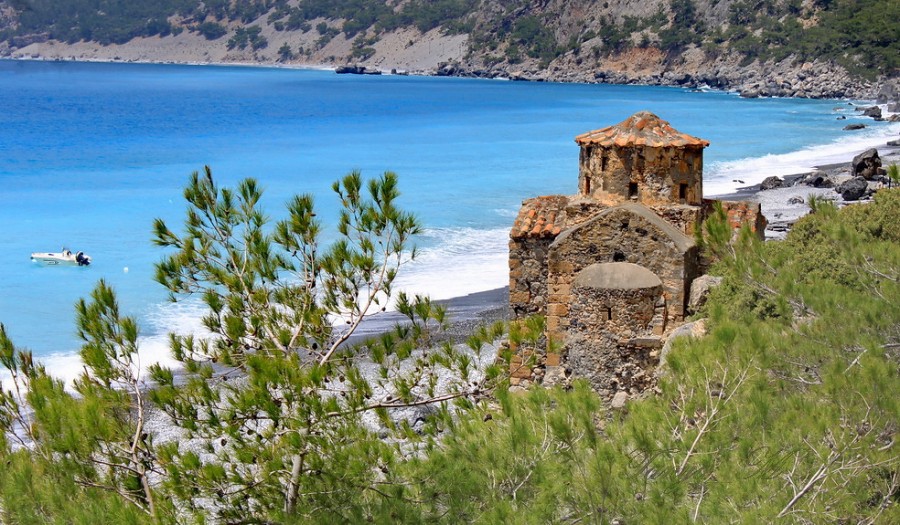Christian Crete


Crete was one of the first to be Christianized. A sermon on Jesus Christ was voiced in Crete as early as the 1st century AD. The Book of Acts says that the inhabitants of the island listened to the sermon of Paul the Apostle. Therefore, the Christian temples of the island or their ruins are dated in a large time range, starting from the first centuries AD. Having become acquainted with a variety of architectural solutions, building technologies, painting and decoration options, you can trace not only the development of temple architecture, but also the Christian history of the island.
The island of Crete is also closely connected with Paul the Apostle, and especially with Saint Titus. Titus was one of those lucky people who lived in the time of Jesus Christ. He was born into a noble family on the island of Crete, received an excellent education. He also studied Jewish books. After reading the book of Isaiah, he engaged to know the true God. At this time, rumors began to spread about Christ the God. He believed sincerely and was baptized by the Holy Apostle Paul. They traveled together with Paul as missioners. When they arrived at the home island of Titus, in Crete they laid the foundation of a Church, and Paul the Apostle appointed Titus as a bishop.

It was Titus to whom Paul the Apostle sent his Epistle, which is now a part of the New Testament. He died in the 95th year of his life and was ranked among the 70 Apostles. Saint Titus is considered to be the patron of the island. His body rested in the cathedral church in the city of Gortin, the former capital of the island. In the VI century, a magnificent basilica was founded, which became the center of his worship, where his holy relics were kept. After devastation of the island by the Saracens in 823, only the head remained from the relics of the Holy Apostle Titus. It is stored in the new capital of the island, in Heraklion, in the temple of his name.
Now there are about 700 temples, monasteries and chapels on the island of Crete. There are 25 operating monasteries of 100 existing today. In women’s ones, there are many nuns, up to 60, and in men’s–3-4 monks only. The Cretan Church is semi-autonomous as part of the Constantinople Patriarchate and is composed of the Archbishopric of Crete and 8 metropolises. There are also several Old Calendarists who did not accept the new church calendar and do not have canonical fellowship with any Orthodox Church.

There is an inaccessible place on southern Crete, stunning in beauty. Its name is Seluda. Here, from a height of about 900 yards, you can enjoy unreal, truly breathtaking views. Following a trail, going down through the forest, preserved in its original form, you can reach a deserted beach and the church of St. Paul, dating back to the Χ century. Frescoes dating from the 13th century are partially preserved inside this small church.
According to a legend, about 2000 years ago it was here that Paul the Apostle first stepped on the Cretan coast along the route from Jerusalem to Rome, to the court of the emperor, and this church was built here during the time of Byzantine rule in memory of this event.
Coordinates of St. Paul’s Church (on St. Paul’s Beach): 35 ° 13’22.3 “N, 24 ° 00’01.6” E (35.222862, 24.000433).